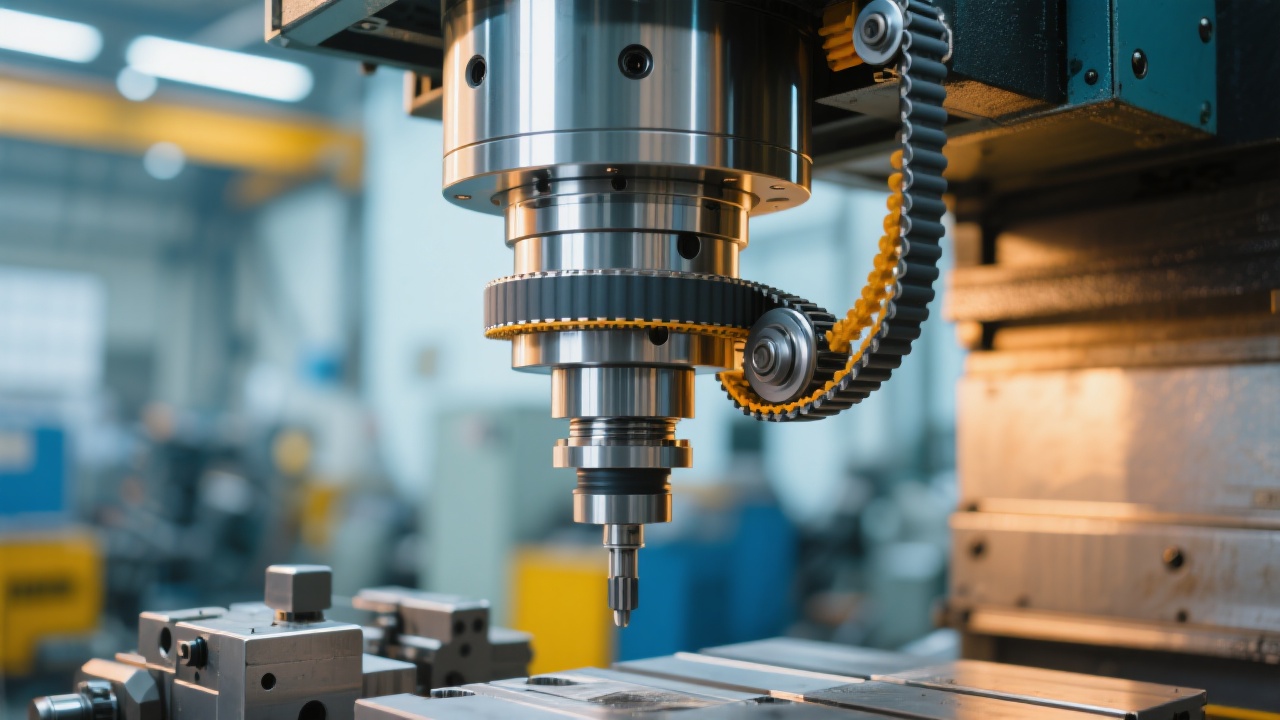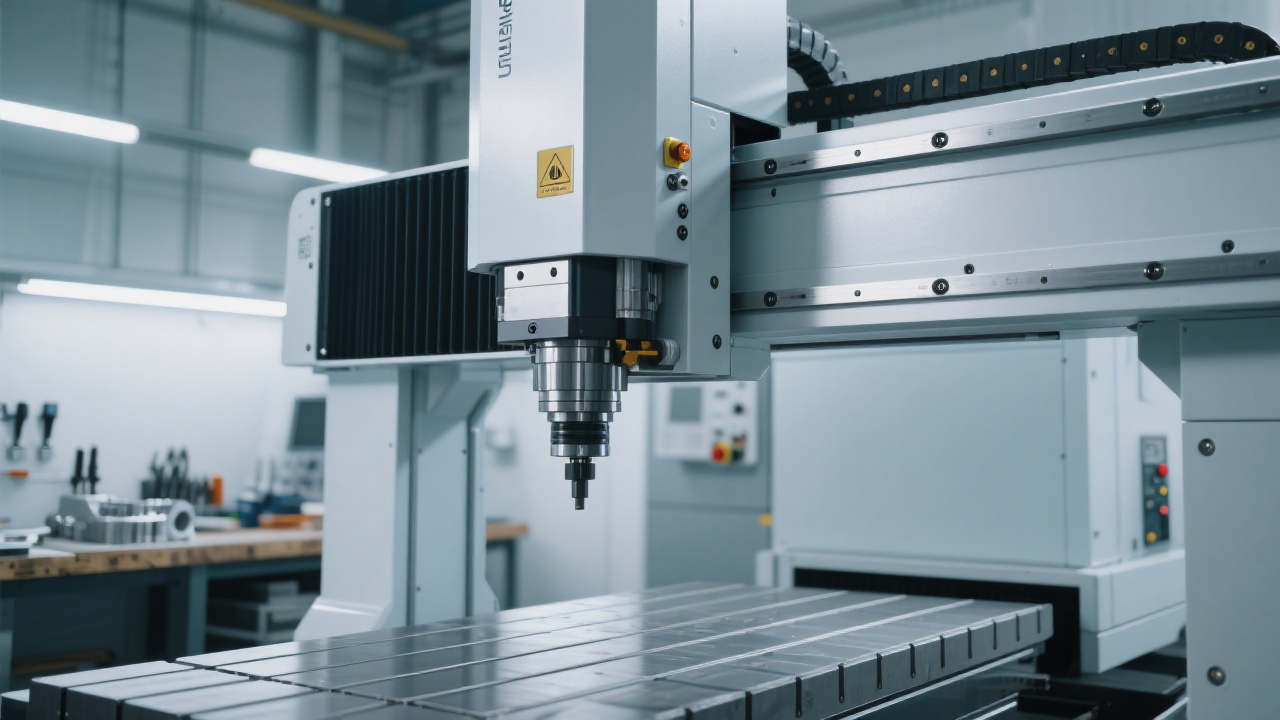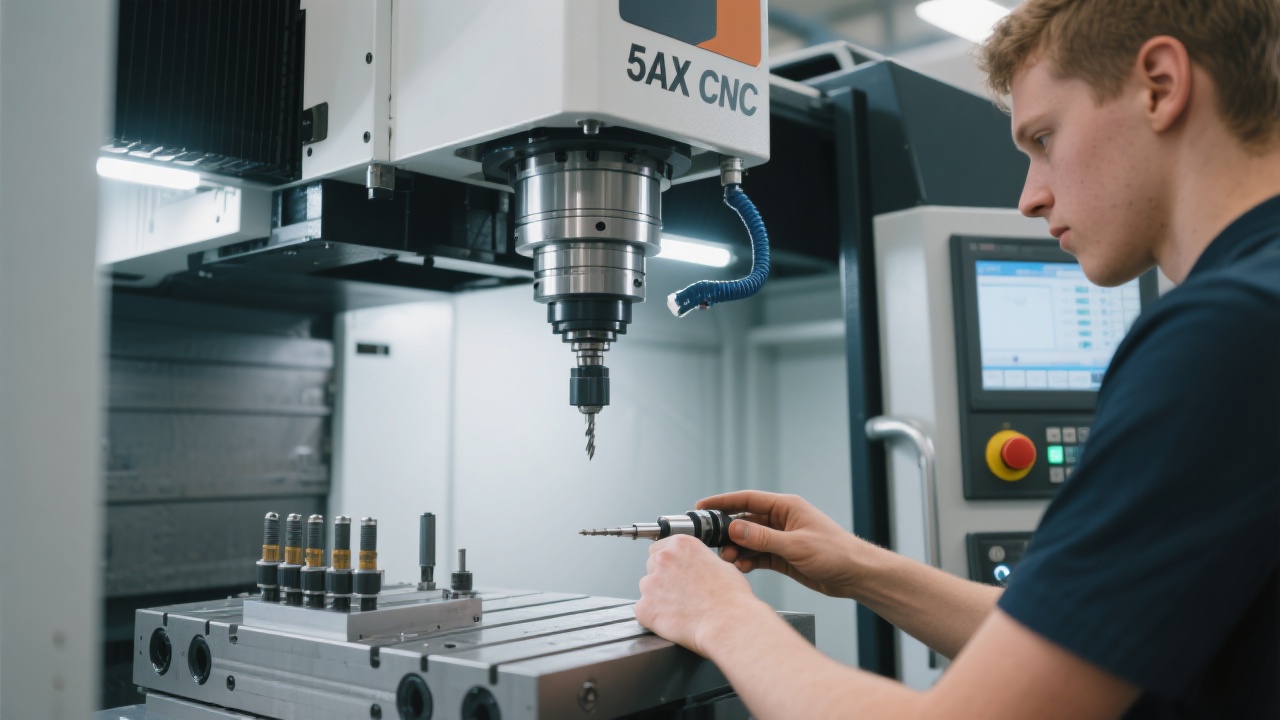
In the realm of graphite processing, the graphite CNC milling machine stands as a cornerstone of precision manufacturing. However, like any sophisticated equipment, it is prone to certain malfunctions that can significantly impede production efficiency and product quality. This is why the maintenance of graphite-specific CNC milling machines is of utmost importance, and the adage "prevention is better than cure" holds true in this industry.
The graphite CNC milling machine often encounters two common types of malfunctions: inaccurate positioning and abnormal surface quality. These issues not only affect the precision of the products but also lead to increased production costs and reduced productivity. Therefore, understanding the causes and solutions of these problems is crucial for operators and engineers.
Let's first delve into the specific manifestations and impacts of these common malfunctions. Inaccurate positioning can be caused by various factors, such as abnormal servo feedback and lead screw wear. When the servo feedback is abnormal, the machine may not receive accurate position information, resulting in positioning errors. Lead screw wear can also lead to inaccurate positioning as it affects the smooth movement of the machine's axes. These issues can cause the machined parts to deviate from the design specifications, leading to product rejection and increased waste.

On the other hand, abnormal surface quality is often caused by tool vibration and improper cutting parameters. Tool vibration can cause uneven cutting, resulting in rough surfaces and poor surface finish. Improper cutting parameters, such as incorrect cutting speed and feed rate, can also lead to surface quality issues. These problems not only affect the appearance of the products but also reduce their mechanical properties and performance.
To address these issues, a standardized troubleshooting logic is essential. We recommend a four-step closed-loop process: cleaning, lubrication, key component inspection, and parameter calibration. This process provides a systematic approach to identify and resolve problems, ensuring the stable operation of the machine.
Cleaning is the first step in the troubleshooting process. Regular cleaning can remove dust, chips, and other contaminants from the machine, preventing them from causing damage to the components. For example, dust on the guide rails can cause excessive runout, which can be resolved by cleaning. It is estimated that regular cleaning can extend the service life of the guide rails by more than 30%.
Lubrication is also crucial for the proper functioning of the machine. There are two main types of lubrication: dry lubrication and oil mist lubrication. Dry lubrication is suitable for applications where there is a low risk of contamination, while oil mist lubrication is more effective in high-speed and high-load applications. We will provide a detailed comparison of these two lubrication methods and offer practical suggestions on how to choose the appropriate one.

Key component inspection involves checking the servo system, lead screws, and other critical parts for wear and damage. Parameter calibration ensures that the machine is operating at the optimal settings, improving its accuracy and performance. By following this four-step process, operators can quickly identify and resolve problems, minimizing downtime and maximizing productivity.
To illustrate the effectiveness of our troubleshooting methods, we will present a typical case study. A customer reported that their graphite CNC milling machine was experiencing excessive runout, which was affecting the accuracy of the machined parts. After a thorough inspection, we found that the problem was caused by dust on the guide rails. We cleaned the guide rails and lubricated them, and the machine's accuracy was restored. This case demonstrates the importance of regular maintenance and the effectiveness of our troubleshooting methods.
The GJ1417 model of the graphite CNC milling machine is designed with high-rigidity structure and a precision control system. These features effectively reduce resonance interference and minimize the risk of positioning errors from the source. The high-rigidity structure provides a stable foundation for the machine, ensuring its accuracy and reliability. The precision control system allows for precise control of the machine's movements, improving its performance and productivity.

In conclusion, by understanding the common malfunctions of graphite CNC milling machines and following the standardized troubleshooting logic, operators can effectively maintain their machines, improve their performance, and extend their service life. If you are interested in learning more about our graphite CNC milling machines and our maintenance solutions, please click here to contact us.

